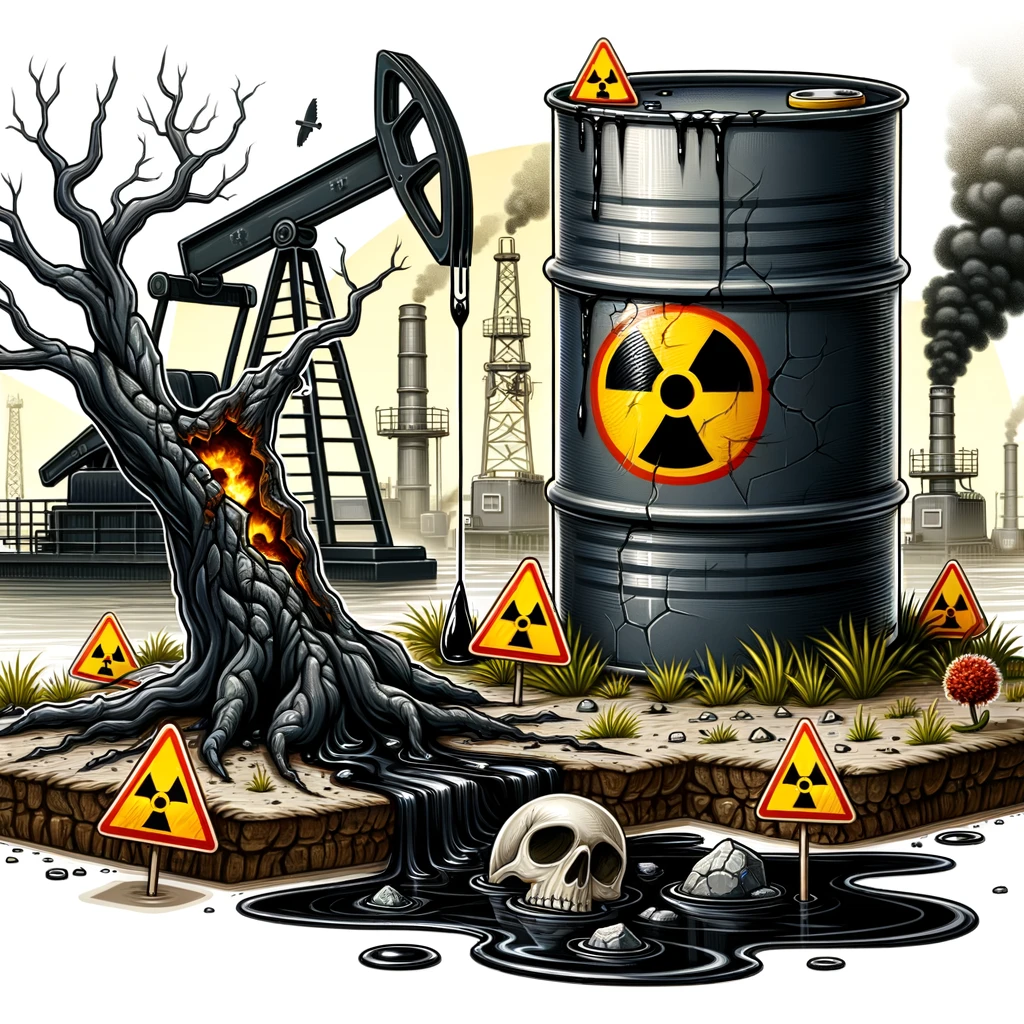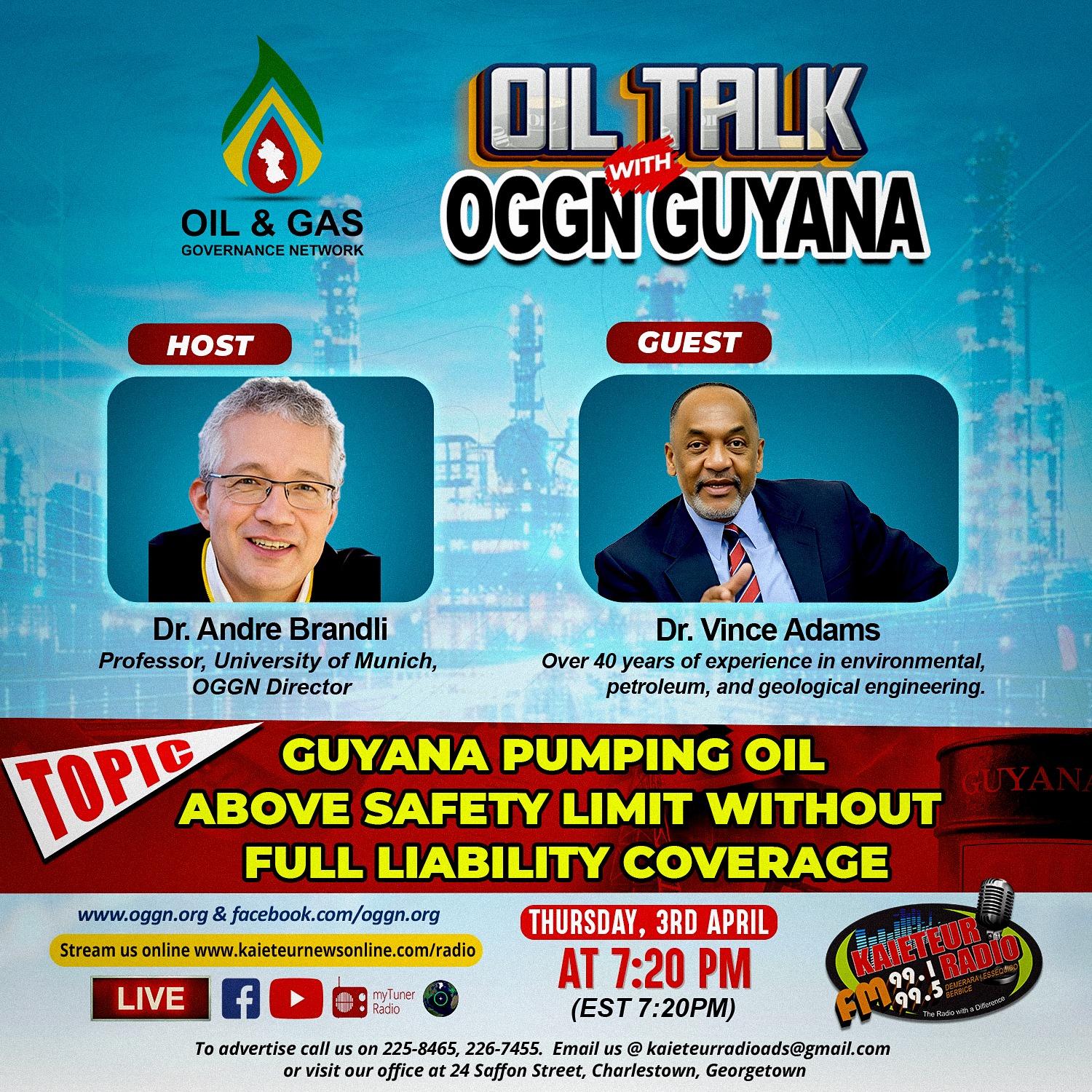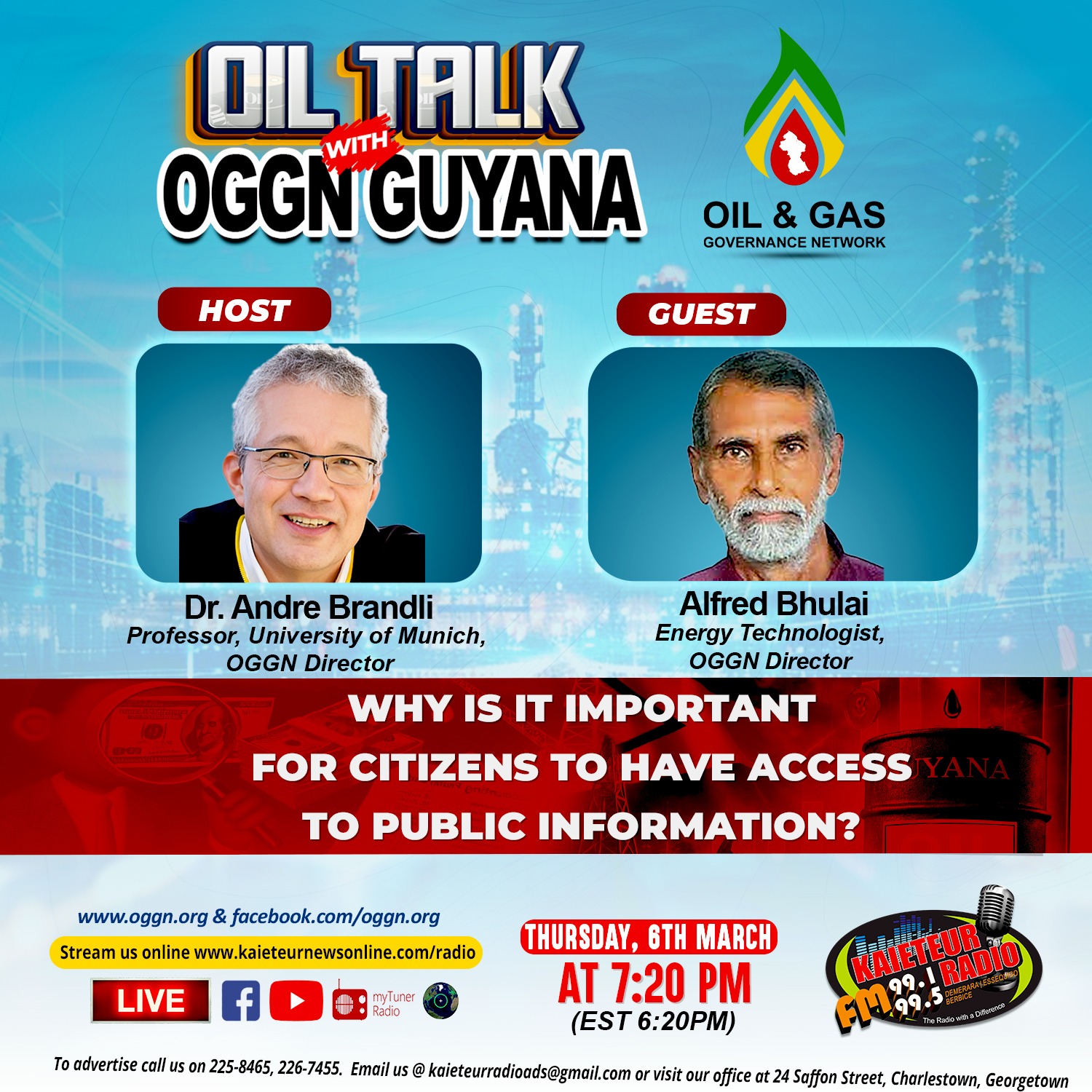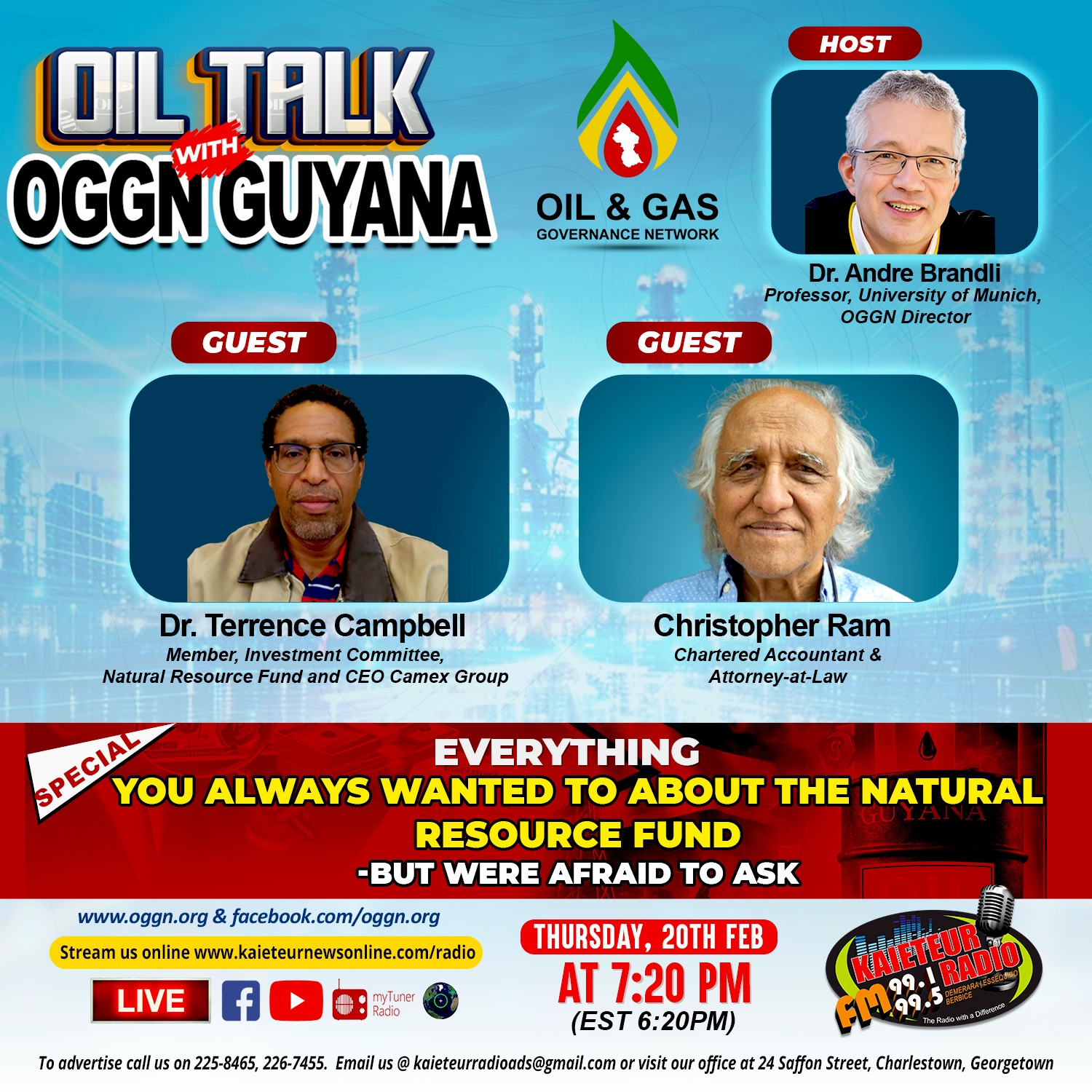Here are 14 questions and answers generated from the summary text:
- Question: What were the main topics discussed in the conversation?
Answer: The main topics discussed were radioactive material and other hazards from oil production. The speakers focused on issues around a radioactive calibration facility operated by Schlumberger (Slumber J) in Houston, Guyana and the lack of proper environmental impact assessments and monitoring.
- Question: Who were the main speakers in the conversation?
Answer: The main speakers were Vanda Radzik, a civil society advocate, Dr. Vincent Adams, former CEO of Guyana’s Environmental Protection Agency, and the host Charles.
- Question: What concerns did Vanda Radzik raise about the Schlumberger facility?
Answer: Vanda Radzik raised concerns that the Schlumberger facility was permitted and built near residential areas without proper environmental impact assessments or public notification. She discussed taking legal action against Schlumberger and EPA to try to stop operations due to health and safety risks.
- Question: What were some of the violations committed by Schlumberger discussed?
Answer: Speakers discussed Schlumberger’s history of violations related to finances, health and safety, the environment, and loss of radioactive sources in various countries.
- Question: What incident in Brazil was discussed regarding mishandling of radioactive sources?
Answer: The speakers discussed an incident in Goiania, Brazil where radioactive material from an abandoned hospital was scavenged and mishandled, resulting in 4 deaths and contamination of 250 people.
- Question: What are some of the risks of radioactive materials discussed?
Answer: Risks discussed included health effects from radiation exposure, environmental contamination, theft and use in dirty bombs, and accidents during transportation and storage. Lack of competent emergency response plans in Guyana was also raised as a concern.
- Question: What did Dr. Adams say about whether an environmental impact assessment should have been done?
Answer: Dr. Adams stated definitively that an environmental impact assessment should have been required by law for a hazardous and radioactive facility like Schlumberger’s.
- Question: What effects could a leak or accident at the Schlumberger facility have?
Answer: Speakers stated a leak or accident could have massive effects, spreading hazardous chemicals and radiation widely in residential areas, requiring evacuation of large areas. Guyana lacks capacity to effectively respond to such an emergency.
- Question: How is the government portrayed regarding following environmental regulations and court rulings?
Answer: The government is portrayed as corrupt and failing to enforce environmental regulations or follow court rulings in favor of oil companies like ExxonMobil rather than protecting Guyanese citizens and the environment.
- Question: What were some specific examples of production levels exceeding approved limits?
Answer: Dr. Adams gave the example of oil production from the Liza 1 well exceeding approved limits of 120,000 barrels/day, with actual production at 155,000 barrels/day.
- Question: What monitoring programs were discontinued after Dr. Adams left his position?
Answer: Discontinued programs included personnel on ships monitoring for oil spills and radioactive sources and a Petroleum Unit staffed with experienced oil and gas experts.
- Question: What were some of Vanda Radzik’s concerns about zoning and suitability of the location?
Answer: Concerns included lack of clarity on whether the area was properly zoned as industrial rather than commercial/residential, plus proximity to schools, residences, the Demerara River, etc. making it unsuitable.
- Question: What cumulative future risks were raised regarding the Schlumberger facility?
Answer: Speakers raised concerns about bioaccumulation of chemicals and radiation over decades of operations impacting health and environment. Schlumberger has downplayed these long-term risks.
- Question: What actions were speakers seeking regarding the issues discussed?
Answer: Actions included requiring a proper environmental impact assessment, monitoring of operations, reevaluating the appropriateness of the location, and generally better oversight and enforcement of environmental regulations.











